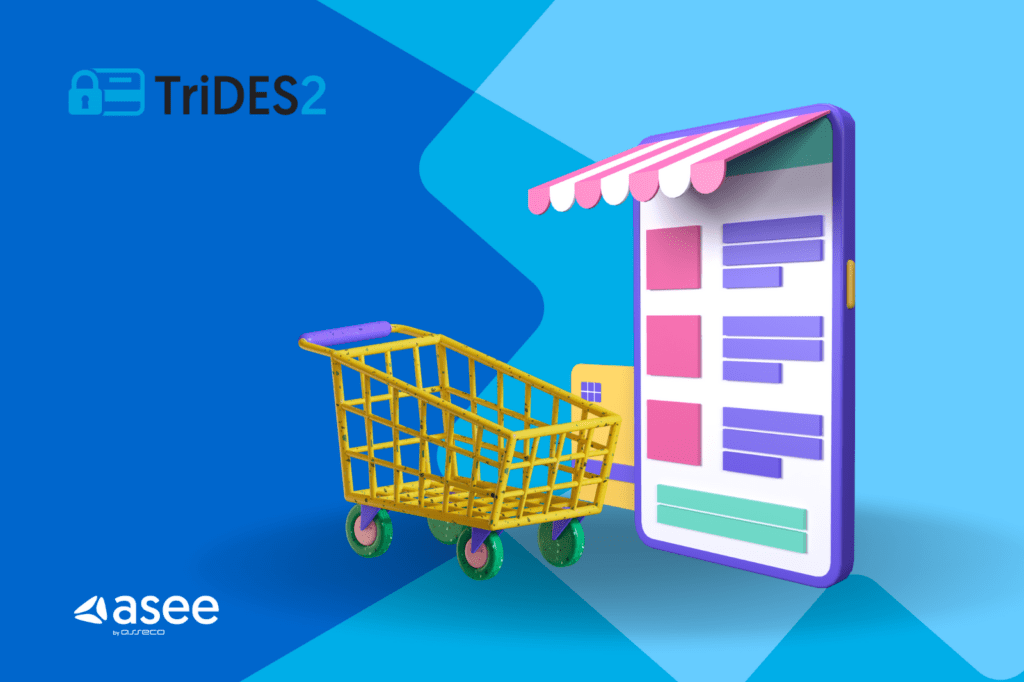
eBook: Decreasing Cart abandonment Rate on Mobile
Learn how to optimize your mobile app in order to lower cart abandonment, provide your customers with a great user experience and drive more revenue.

Simply put, cart abandonment is an eCommerce term for a purchase that is not finalized. The customer does their fair share of browsing, adds a product to their shopping cart, but the purchase never happens. Some of the most common reasons for this scenario are the following:
Out of all mentioned issues, cart abandonment caused during the checkout process hurts the most. And this goes for both the customer and the seller. Imagine your customer patiently browsing through your web store, finding the perfect deal, heading out to check out, only for the customer to leave because an issue emerges in the last step of their journey.
This is a common scenario, especially with mobile browser web stores that tend to redirect customers and ask for payment confirmation through third-party apps or issuing bank's payment confirmation interface. Customers who are not used to this type of checkout might question the security of the purchase and abandon the web store.
The cart abandonment rate is the percentage of customers who add products to their online cart, only to abandon it before the actual purchase. It indicates the number of interested browsers who were just a few steps away from becoming your actual customer.
To calculate the cart abandonment rate you simply need to divide the number of completed purchases by the number of created shopping carts. Subtract the result from one and multiply the whole thing with 100 – that's your cart abandonment rate.

Cart abandonment rate helps retailers understand their customer's habits and online behavior. By observing your cart abandonment rate you can conclude whether your checkout process is intuitive and trustworthy in the eyes of your shoppers. Also, cart abandonment data can provide more clarity when revenue tends to fluctuate. However, the most value lies in the fact that cart abandonment rates indicate issues regarding converting visitors into actual customers.
This is just the initial red flag that needs to be addressed with a comprehensive analysis of the buyer's journey. The reasons why the cart abandonment rate is increasing are numerous. It is like trying to find a needle in a haystack – but when you do find it, the revenue will undoubtedly go up. To summarize, the cart abandonment rate is an amazing tool that points out that an issue exists; it's a shame that it does not reveal where the issue is and how to optimize it.
Knowing your cart abandonment alone is okay. But comparing it to the industry benchmarks provides a little bit more context. To get a better feel of where you stand, competition and industry-wise, ASEE brings you additional insight into some of the most important stats and benchmarks regarding cart abandonment.
If we compare the industry benchmarks for cart abandonment rate, we can see that travel, finance, and non-profits are above the industry average which is 75.6%. Gaming, retail, and fashion are experiencing slightly lower rates, however, they still indicate room for improvement.

When we observe the abandonment rate in regards to the device used to finalize the purchase, numbers state the following:
As mentioned, the average cart abandonment for mobile is causing the most trouble for merchants. Being at a high 86%, the mobile cart abandonment rate requires the most optimization efforts. The reason behind such a discouraging number is the poor mobile browser user experience on mobile. Most merchants focus their optimization efforts on desktop browsers. While this is not a bad move, merchants should distribute part of their efforts on mobile as well. With mCommerce booming, customers' habits are changing. Mobile, being the most convenient and accessible device for online shopping today, is a sure shot at increasing revenue.

The solution for tackling the soaring mobile cart abandonment rate is to decrease the amount of friction necessary to finalize a purchase. By implementing 3D Secure Mobile SDK, you, as a merchant, are unlocking the most up-to-date authentication methods as well as ways to eliminate friction.
You can leverage SCA exemptions, including low-value payments, i.e., transactions below 30EUR, merchant whitelisting, low-risk transactions, corporate payments, and recurring payments. In case SCA exemptions are not applicable, your customers can choose from a variety of authentication methods that ease the checkout process. A simple OTP generated through a dedicated mToken application will keep your customer's transactions smooth and secure. An added layer of security is provided with methods such as Push Notification, fingerprint, or face recognition authentication.
However, to enable these features, data is vital. Information such as transaction value, device model, geolocation, IP address all play an important role when going frictionless. With more data, you are providing the risk scoring engine with valuable information for future consumer behavior predictions and detecting suspicious purchasing behaviors.
3D Secure Mobile SDK ensures both convenience and security. The checkout process is done entirely within the merchant application. There is no need for awkward redirection. The whole process is streamlined and done in a few clicks, if not less.

Learn how to optimize your mobile app in order to lower cart abandonment, provide your customers with a great user experience and drive more revenue.
To find out more about Trides2 portfolio, contact us or visit our blog section.